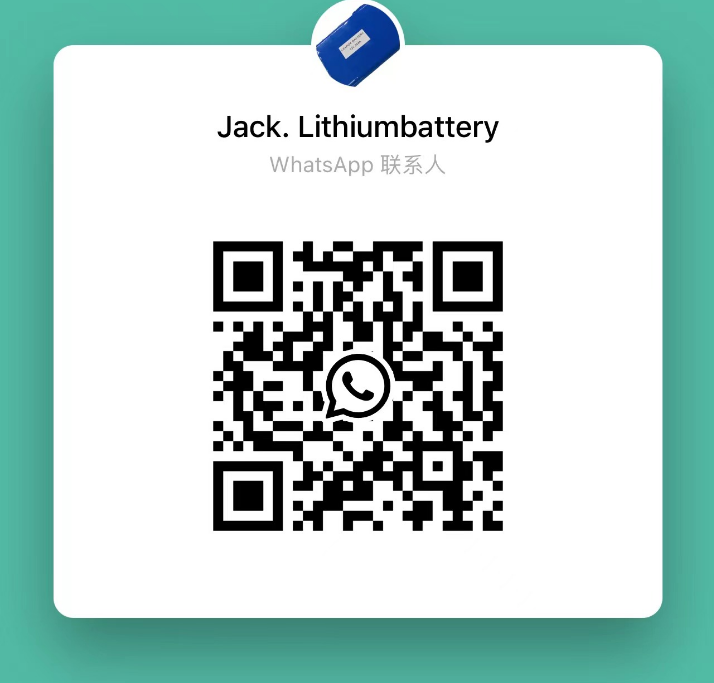Introduction
Welcome to the world of off-grid solar power! Installing your own off-grid solar system is an empowering and eco-friendly way to harness the sun's energy and achieve energy independence. In this guide, we'll walk you through the steps to create your self-sustaining solar power system, providing you with clean, renewable energy even in remote locations or during power outages.
Key Components
Before you begin the installation process, gather the essential components for your off-grid solar system:
- Solar Panels: These capture sunlight and convert it into electricity.
- Battery Storage: Batteries store excess energy generated by the solar panels for use during cloudy days or at night.
- Solar Charge Controller: Regulates the charge flow from the solar panels to the batteries, preventing overcharging.
- Inverter: Converts DC electricity from the batteries to AC electricity, suitable for powering household appliances.
- Mounting Structures: Securely mount the solar panels on rooftops or ground-mounted structures.
- Wiring and Connectors: Connect all the components safely and efficiently.
Steps for Installation
Follow these steps to install your off-grid solar power system:
- Assess Energy Needs: Calculate your energy needs to determine the size of the system and the number of solar panels and batteries required.
- Choose a Suitable Location: Select a location with maximum sun exposure for optimal solar energy generation.
- Install Solar Panels: Mount the solar panels securely on rooftops or ground mounts, facing the sun's direction.
- Connect Solar Panels: Wire the solar panels in parallel or series to create the desired voltage and current output.
- Install Battery Storage: Connect the battery bank to the solar charge controller and inverter, ensuring proper wiring and safety measures.
- Connect Inverter: Attach the inverter to the battery storage system and connect it to your home's electrical panel.
- Perform Safety Checks: Double-check all connections, fuses, and breakers to ensure safety and efficiency.
- Test the System: After installation, test the off-grid solar system to verify its performance and energy production.
Benefits of Off-Grid Solar
By installing your own off-grid solar power system, you can enjoy numerous benefits:
- Energy Independence: Generate your electricity and reduce reliance on the grid.
- Cost Savings: Save money on electricity bills over the long term.
- Environmental Impact: Reduce your carbon footprint and contribute to a cleaner environment.
- Backup Power: Have access to power during grid outages and emergencies.
- Sustainable Living: Embrace sustainable living and renewable energy solutions.

